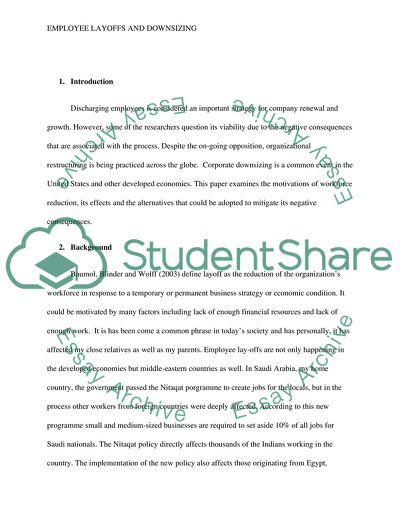Cite this document
(Employee Layoffs Research Paper Example | Topics and Well Written Essays - 4000 words, n.d.)
Employee Layoffs Research Paper Example | Topics and Well Written Essays - 4000 words. https://studentshare.org/human-resources/1806367-employee-layoffs
Employee Layoffs Research Paper Example | Topics and Well Written Essays - 4000 words. https://studentshare.org/human-resources/1806367-employee-layoffs
(Employee Layoffs Research Paper Example | Topics and Well Written Essays - 4000 Words)
Employee Layoffs Research Paper Example | Topics and Well Written Essays - 4000 Words. https://studentshare.org/human-resources/1806367-employee-layoffs.
Employee Layoffs Research Paper Example | Topics and Well Written Essays - 4000 Words. https://studentshare.org/human-resources/1806367-employee-layoffs.
“Employee Layoffs Research Paper Example | Topics and Well Written Essays - 4000 Words”. https://studentshare.org/human-resources/1806367-employee-layoffs.


